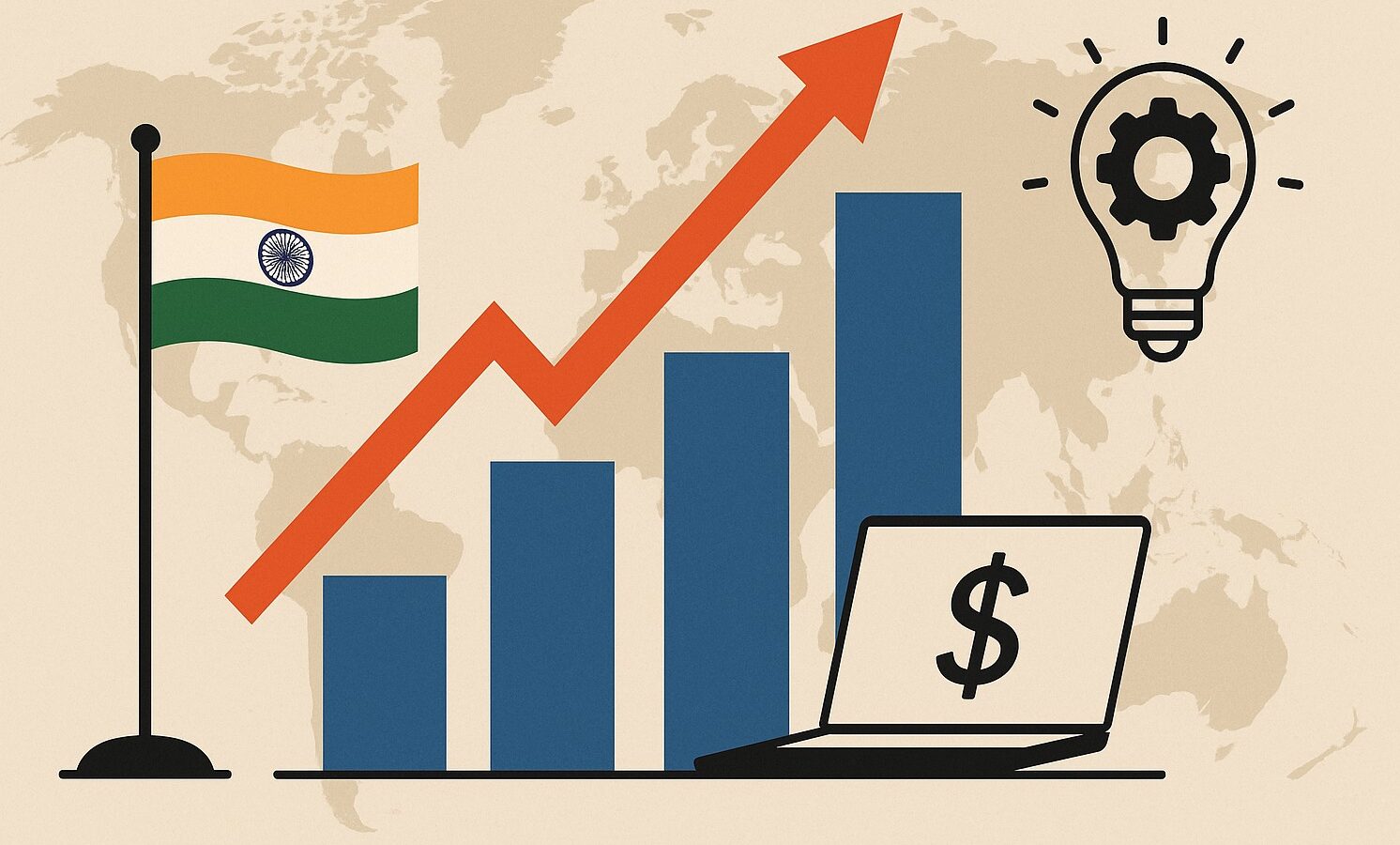Rising tensions between Iran and Israel could impact India’s economy through oil price hikes, trade route disruptions, and market uncertainty. With significant energy imports from the region and close ties to both sides, India may face inflationary pressures, supply chain delays, and currency strain. Staying alert and diplomatically balanced will be key to managing the ripple effects.
Here’s what a potential war in the Middle East could mean for India’s economic outlook and business environment.
The Crude Oil Dependency
India depends on imports to meet more than 85% of its crude oil requirements, with a significant share coming from West Asian countries including Iraq, Saudi Arabia, and the UAE. Even though India has reduced direct oil imports from Iran, post the U.S. tariffs imposition, the West Asian region continues to play a critical role in meeting out the country’s energy needs.
The Strait of Hormuz, a narrow but vital maritime passage through which nearly 20% of the world’s oil flows, remains a strategic lifeline. Any disruption in this corridor could send shockwaves through India’s fuel economy, triggering price volatility and supply uncertainties.
The Impact:
- Inflationary Pressure: If hostilities escalate, crude oil prices could cross $100 per barrel, reviving the pressures
- A Surge in the Fuel Cost: As Fuel costs are already a sensitive political issue, it may surge further
- Pressure on Indian Rupee: A widening current account deficit could put pressure on the Indian currency
- Rise in Import Costs: Import costs are likely to rise, adding strain to the national economy
The Sector-Wise Breakdown
Transport & Logistics
- Soaring operational costs of Airlines and logistics companies
- Freight and last-mile delivery expenses may spike, affecting supply chains
Consumer-Facing Industries
- Tighter margins for FMCG and retail businesses
- Companies may be forced to either absorb the hit or pass it on to consumers
Energy Sector
- Public sector oil companies (IOC, BPCL) and private refiners (like Reliance) may need to:
- Rework sourcing strategies to mitigate geopolitical risk
- Hedge aggressively against price volatility in global markets
The Supply Chain Squeeze
A prolonged conflict between the two Middle East countries would disrupt maritime traffic through the Strait of Hormuz, a chokepoint for not just oil but also goods trade, which would impact the trade and supply chain.
The Impact:
India’s pharma, chemicals, fertilizers, and petrochemicals sectors rely heavily on raw materials from the Gulf. A prolonged war can impact these sectors in many ways, including:
- Pharma firms, especially the API manufacturers, could see a crunch
- Fertilizer companies may face challenges due to disrupted urea and ammonia supply
- Exporters in textiles, auto components, and agri-products could face shipment delays and rising freight costs.
The Market Jitters
Global crises often push investors toward safer assets. And these two countries are on the verge of war can impact India in the market landscape as well, this could mean FII outflows, a dip in key stock indices, and a weaker rupee due to rising demand for gold and U.S. dollars.
Also, the bond markets may react, with inflation fears raising the chances of rate hikes.
The Impact:
- Indian startups and mid-cap companies could find fundraising difficult
- Companies with exposure to Middle East clients (IT, infra, construction) may face project delays or payment issues
- The export sector may suffer from rising shipping and insurance costs
The Geopolitical Risks
India is walking a diplomatic tightrope, balancing its strategic ties with Israel and longstanding energy and regional interests with Iran, all while facing pressure from the U.S. amid rising tensions.
The Impact:
- Infra firms like L&T, KEC may face project delays in Iran/Gulf
- Defense deals with Israel are likely to continue, but under diplomatic scrutiny
- Chabahar Port plans may slow, affecting Central Asia connectivity
Even if a full-blown war is avoided, rising tensions between Iran and Israel pose real risks for India’s economy. With high exposure and limited control, India must stay agile, balancing diplomacy, securing energy needs, and shielding its businesses from external shocks.
Read More: Domestic air traffic hit 143.6 lakh in May, up 4.1% YoY, FY26 growth seen at 7–10%
























